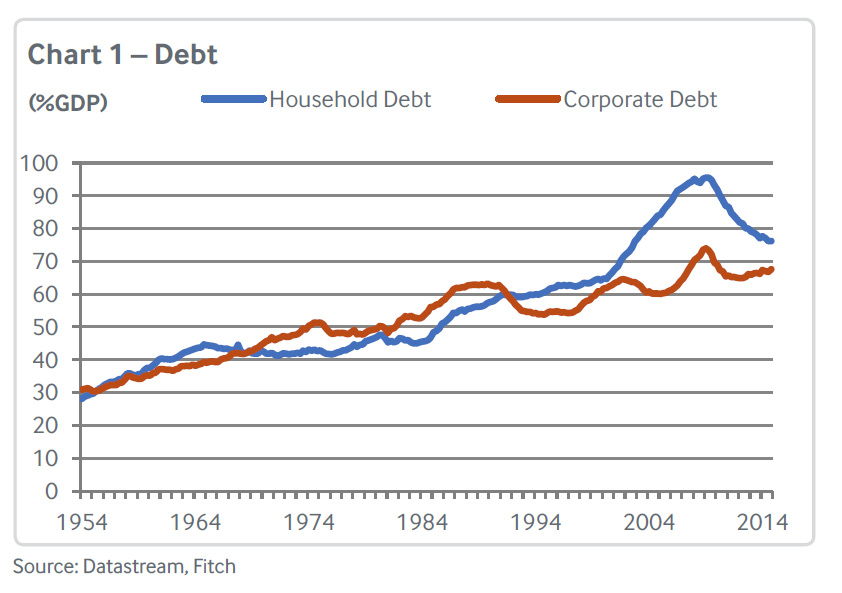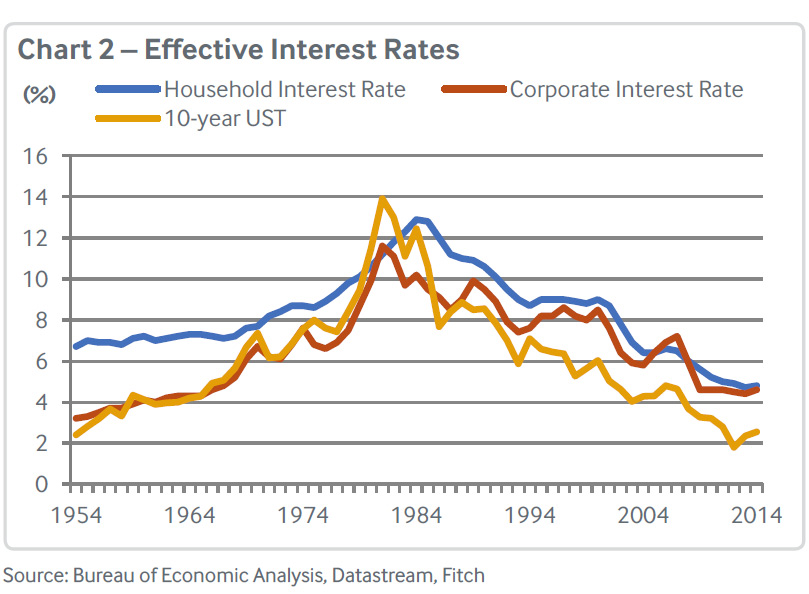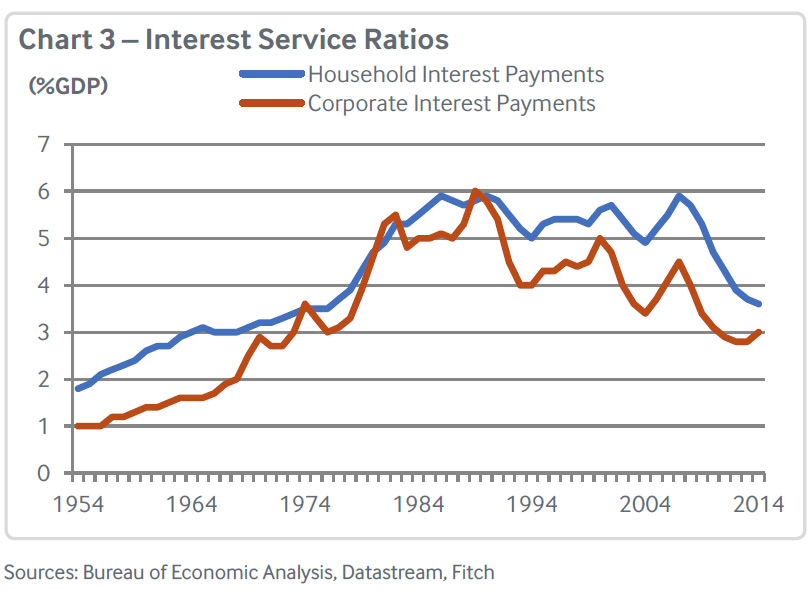According to FitchRating, Greece’s predicament gives new meaning to the phrase “peripheral eurozone”. Eventual exit is now the probable outcome.
Critical deadlines in the Greek crisis have frequently come and gone without progress or consequence, but the referendum was a defining moment in determining the country’s economic position in Europe.
The resounding “no” vote provides a substantial boost to the position of the Syriza-led government in its negotiations with creditors. The Greek authorities clearly consider the referendum result to provide a sufficiently strong public mandate to insist on less austerity and a meaningful reduction of the government’s debt burden. From the Greek perspective, if creditors want to ensure the country’s continued membership of the eurozone to avoid a serious – perhaps irrecoverable – setback to broader European integration, they must recognise there are limits to the terms Greece can accept.
Has Greece Miscalculated?
Greece’s strong argument in favour of greater accommodation on the part of creditors faces several hurdles that are likely to prove collectively insurmountable. Most obviously, debt relief would be politically difficult for a number of eurozone governments. Countries that have gone through their own painful economic adjustments in recent years will be loath to write down credit extended to a country seen – rightly or wrongly – as not willing to do the same. The prospect is equally unappealing in countries that have largely avoided the crisis but have provided big financial contributions to the various Greek support packages.
Even if public opinion could be swayed, creditors may take the view that there is still the need for significant policy change in Greece, and that debt relief would simply address the consequences of previous shortcomings, not the root causes. Greece still needs to undertake major reforms to deliver sustainable public finances and more robust economic growth, and creditors may be reluctant to surrender the ongoing conditionality provided by support programmes that could be discontinued if there were wholesale debt forgiveness. The risk would be that Greek imbalances re-emerge, eventually threatening the viability of the eurozone again.
The state of Greece’s banks seriously undermines the government’s negotiating position. Capital controls, bank closures and the cap on European Central Bank (ECB) liquidity mean the economy is steadily being asphyxiated, the consequences of which will be faced primarily by the government rather than its creditors. This adds considerable urgency to the need for the Greek authorities to reach an agreement that would ease the pressure on withdrawals and allow the ECB to reconsider the cap. In the absence of an agreement, it becomes increasingly likely that the government will need to introduce a secondary means of payment, commonly referred to as scrip. An officially sanctioned parallel currency could only be interpreted as an important step towards exit from the eurozone.
A final point, which may only become clear once the history is written, is that the referendum might have tipped the balance of how other eurozone countries weigh the risks of Greece’s continued membership in the common currency area versus its exit. Greece may come to be viewed as a small and uniquely recalcitrant eurozone member that either can be effectively ring-fenced, or cannot be sufficiently altered to fit the eurozone mould, – or both. It could therefore spend some time on the outer edges of the eurozone periphery before membership becomes untenable.



